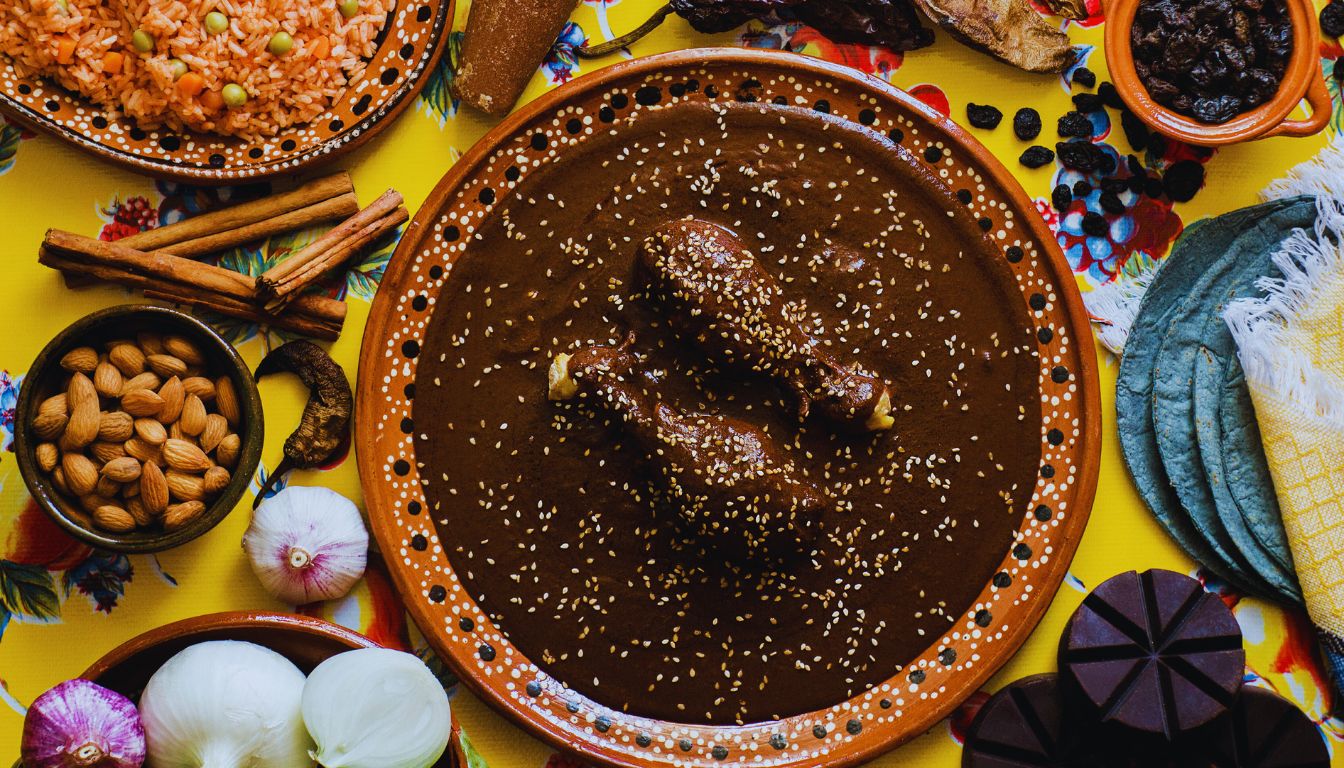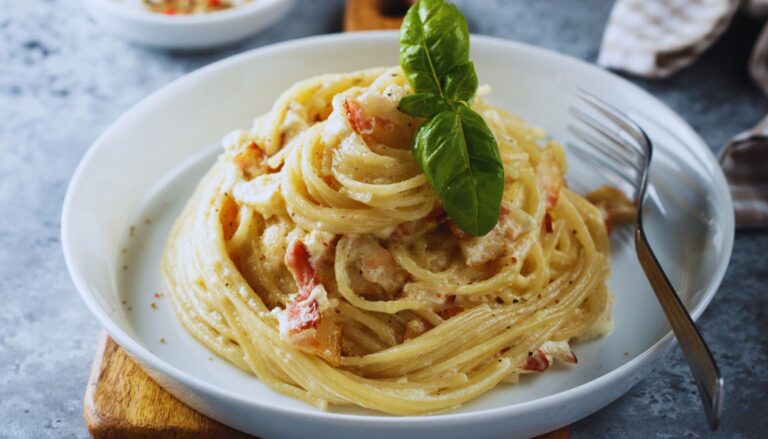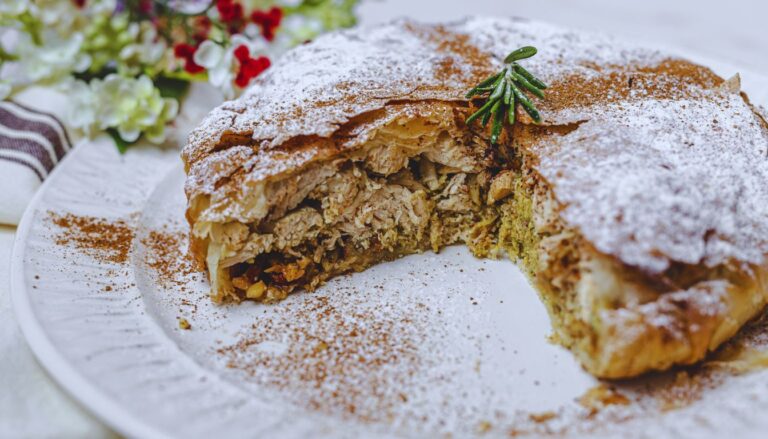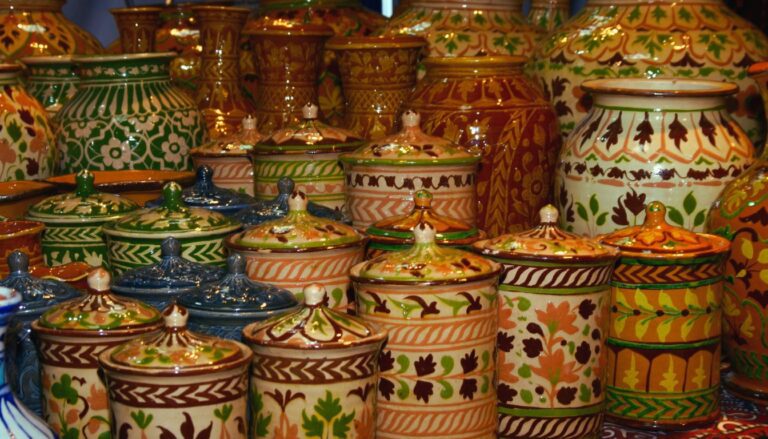Mole Negro, Oaxaca Mexico
Deep in the heart of Oaxaca, where ancient Zapotec traditions blend seamlessly with colonial influences, there exists a culinary masterpiece that embodies Mexico’s gastronomic soul: Mole Negro. This mysterious obsidian sauce, with its intricate layers of flavor and profound cultural significance, transforms ordinary dishes into extraordinary experiences. As you wander through Oaxaca’s vibrant markets and colorful streets, the rich aroma of toasted chilies and chocolate beckons, promising a taste of Mexico’s most complex and revered sauce.
Table of Contents
Origins and History
The story of Mole Negro intertwines with Oaxaca’s rich historical tapestry, dating back to pre-Hispanic times. The word “mole” derives from the Nahuatl word “molli,” meaning sauce or concoction. While various legends surround its creation, the most celebrated tale places its origins in Oaxaca’s colonial-era convents, where Dominican nuns created this masterpiece for a visiting archbishop in the 16th century.
The sauce evolved over centuries, incorporating indigenous Mexican ingredients with Spanish introductions, resulting in a profound fusion that represents Mexico’s cultural mestizaje. Traditional recipes, passed down through generations, often contain over 30 ingredients, each adding its unique character to this legendary sauce.
Cultural Significance
Mole Negro stands as a testament to Oaxaca’s cultural heritage and is far more than just a sauce:
- Celebratory Dish
- Central to weddings and quinceañeras
- Essential component of Day of the Dead offerings
- Present at major family gatherings and festivals
- Cultural Identity
- Symbol of Oaxacan culinary expertise
- Representation of Mexican gastronomy worldwide
- UNESCO-recognized as part of Mexico’s Intangible Cultural Heritage
- Community Bonds
- Traditional preparation involves multiple family members
- Recipe sharing strengthens community connections
- Communal cooking during festivals and celebrations
Ingredients and Preparation
The complexity of Mole Negro lies in its carefully balanced ingredients and meticulous preparation process:
Key Ingredients:
- Chilies
- Chilhuacle Negro
- Mulato
- Pasilla
- Guajillo
- Spices and Aromatics
- Mexican cinnamon
- Cloves
- Black pepper
- Cumin
- Unique Elements
- Mexican chocolate
- Plantain
- Bread
- Sesame seeds
- Almonds
The preparation is an intricate process that can take several days:
- Toasting ingredients individually to achieve perfect flavor
- Grinding spices and chilies into a fine paste
- Slow-cooking the mixture for hours
- Constant stirring to achieve the perfect consistency
- Final seasoning adjustments for balance
Where to Try It
Notable Establishments
- Casa Oaxaca
- Chef Alejandro Ruiz’s renowned restaurant
- Innovative presentations of traditional mole
- Reservation recommended
- Restaurante Coronita
- Family-run establishment
- Traditional recipe unchanged for generations
- Authentic atmosphere
Neighborhood Recommendations
- 20 de Noviembre Market
- Local food stalls serving traditional versions
- Interactive cooking demonstrations
- Fresh ingredients available for purchase
- Reforma District
- High concentration of traditional restaurants
- Various regional interpretations
- Popular with local families
Eating Etiquette and Customs
Understanding local customs enhances your mole experience:
- Serving Traditions
- Typically served over turkey or chicken
- Accompanied by rice and fresh tortillas
- Garnished with sesame seeds
- Dining Etiquette
- Use tortillas to scoop up extra sauce
- Appreciate the dish’s complexity with small bites
- Express gratitude to the cook
Seasonal Considerations
While Mole Negro is available year-round, certain times offer unique experiences:
- Peak Seasons
- October/November (Day of the Dead celebrations)
- July (Guelaguetza Festival)
- December (Christmas season)
- Weather Impact
- Best enjoyed during cooler evenings
- Indoor dining recommended during summer afternoons
- Festival seasons offer special variations
Modern Interpretations
Contemporary chefs honor tradition while innovating:
- Creative Presentations
- Mole Negro ice cream
- Deconstructed mole dishes
- Fusion applications
- Health-Conscious Adaptations
- Reduced-sugar versions
- Gluten-free alternatives
- Vegetarian adaptations
Practical Information and Travel Tips
- Best Times to Visit
- October-April for ideal weather
- Festival seasons for cultural immersion
- Early morning markets for freshest ingredients
- Transportation
- Walking distance between main culinary spots
- Reliable taxi services available
- Food tours with transportation included
- Language Considerations
- Basic Spanish phrases helpful
- Food vocabulary cards available
- Many restaurants offer English menus
Making Your Mole Negro Journey Memorable
Embrace the complexity of Mole Negro by joining a cooking class, visiting local markets, and engaging with passionate local cooks. Take time to appreciate each layer of flavor, understanding that every bite connects you to centuries of tradition. Remember, true Mole Negro isn’t just a meal – it’s a journey through Oaxaca’s soul, one spoonful at a time.













